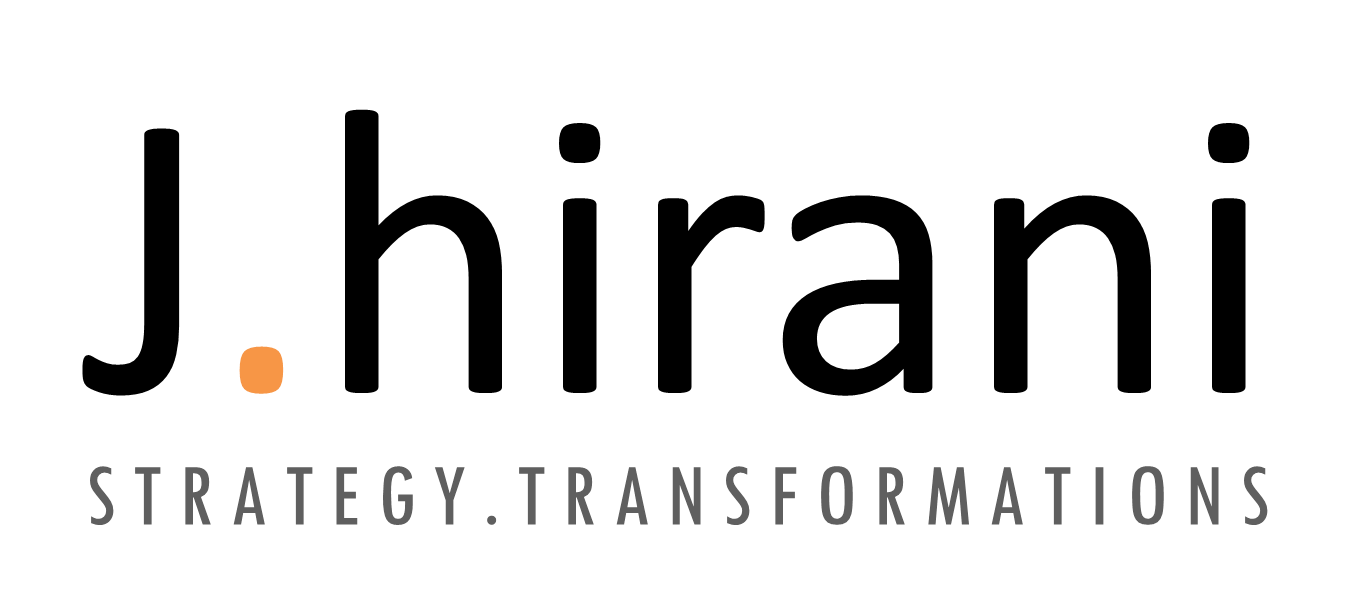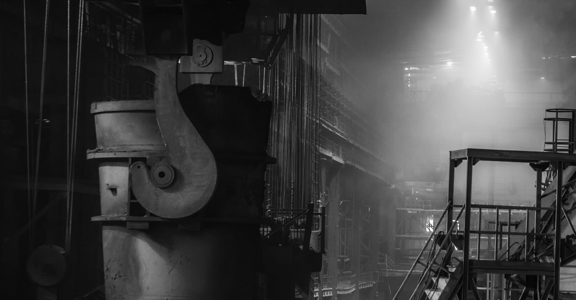About Engineering Industry India
The engineering sector is the largest of the industrial sectors in India and can be broadly categorized into two parts, namely heavy engineering and light engineering. India’s engineering industry accounts for 27% of the total factories in the industrial sector and represents 63% of the overall foreign collaborations. It has emerged as the largest contributor to the country’s total merchandise exports. In FY19, India’s engineering export crossed Rs 5,800.9 billion (US$ 83 billion) and it grew by 6.3% During FY08–FY19, engineering exports from India registered growth at a CAGR of 8.5%. Turnover of capital goods industry is expected to increase to US$ 115.2 billion by 2025E. India’s engineering R&D market will increase from US$ 28 billion in FY18 to US$ 42 billion by FY22. Capacity creation in sectors such as infrastructure, power, mining, oil & gas, refinery, steel, automotive, and consumer durables are driving demand in the engineering sector. The sector has a comparative advantage in terms of manufacturing costs, market knowledge, technology and creativity.
The Change

The big change that has been forced upon us with this corona virus, everything is changing so frequent and quick all around the globe. Let’s dive deeper on how the pandemic is changing the Indian engineering industry and what strategy the players can adapt to cope up with the changes.
Market
Demand & Supply: Today if we look at the Indian engineering market we can see there is fall in demand because of the changes in the market of the industries which are auto, agriculture equipment’s, machine manufactures and the others who are also impacted by the pandemic and on the other hand even if there is demand there is supply gap as well. The manufactures are not able to supply because of many factors like labor, transportation, raw material supply affected due to the pandemic.
Possible Future Market
Global Market: As the pandemic has disrupted the supply chain at the global level, the industry is realizing that it can’t stay dependent on the single geography for the supply. They need to break their supply source in different geographic regions. Political diversity is also playing part for the same.
Also it can be difficult for the developed countries to go for localization as their cost of manufacturing is huge so they will have to also split the procurement % within different countries i.e. if they were dependent 100% on china for the products they will have to find the other source of country.
This opens the door for the India to grab the opportunities at the global level.

 Indian Market: Indian Market will also reduce the import dependency and will focus more on localization and its export ,with the recent message passed by our honorable prime minister to go local this is what we can expect to happen and because of the same the demand in the future will rise for both at the National and Global level.
Indian Market: Indian Market will also reduce the import dependency and will focus more on localization and its export ,with the recent message passed by our honorable prime minister to go local this is what we can expect to happen and because of the same the demand in the future will rise for both at the National and Global level.
So even it is the dark time right now, there is opportunity in the future for the Indian manufactures both at the national and global level.
However to grab the all upcoming opportunities Indian engineering Industry needs to gear themselves up to remove few obstacles in the way. Some of the obstacles were there before covid-19 and some of them are created due to covid-19. Before we go for how the industry can gear up or what strategies it can adapt let’s understand the obstacles in depth.
Obstacles to grab the opportunities

Price & Quality: To grab more from the global market product innovation, price and quality of the products are three major areas that the Indian industry needs to work upon, as the other countries like china are able to provide the world with the cheaper price and better quality of the products and also within the time. Newer strategies and capabilities will be required to be built to fight in the coming competition with china.
Labour: Manufacturing in the country won’t take off as soon as lockdown restrictions are lifted due to an acute shortage of workers who have returned to their home states, industrialists said. The automobile, textile and engineering industries, among others, depend primarily on outstation employees for working their plants. Even if workers manage to move back to their workplaces, they may not be welcomed by their landlords due to fear psychosis, Many of the migrant workers can’t be replaced by locals because of the skills they’ve picked up over the years doing specific jobs like turning and foundry-work.
Raw material supply: Raw material supply dependency can mostly remain high as it is a natural source and comes from the few sources. Currently the industry is facing challenge to procure the same from the places as well due to supply chain disruption.
Cash Flow: The fixed costs will remain at 100% though the factories are working at much lower capacities which will result in high overheads and Low capacity utilization. Also the industry will have to invest more in the technology in the upcoming future to come out of the recent challenges and additional operation cost for the crisis management will also increase impacting the cash flow of the companies
Possible solutions to the challenges

“The Changing customer preference are going to play big role in the way industry are going to change themselves in the upcoming new normal”
Agile Team: To solve the problem of the product innovation and price and quality the industry will have to shift to the agile team structures who are customer centric and dedicated to work on all the factors like price and quality constantly. The benefit of having the same structure will increase the speed of the organization to adapt to the frequent changes happening while fulfilling the one objective which is customer satisfaction. Also to adapt to all the frequent changes the team needs to be agile, the traditional structure might fail to adapt to all the quick changes

Industry 4.0: Also most of the manufactures are realizing the need of the automation in the manufacturing units which is transformation to Industry 4.0 (Industry 4.0 is the trend towards automation and data exchange in manufacturing technologies and processes which include cyber-physical systems (CPS), the internet of things (IOT), industrial internet of things (IIOT), cloud computing, cognitive computing and artificial intelligence.) Adapting to Industry 4.0 will help the companies to overcome many challenges like labor supply , price, rejection ratio to production and many others. Also it has become one of the selection criteria for the customers as industry 4.0 enables real time infortmation about the production status to both the buyer and supplier. Industry 4.0 is must because of following reason

Hunting good customer: To come out of challenge of the cash flow the companies will have to create the pool of customers who are paymasters and attract the same kind of customers or to tap the same companies can adapt to the following strategy. Sales force to take a pause and do market analysis considering the opportunities and capabilities of the organization and define which is the right market to tap. Adapting to Industry 4.0 will also help to attract the right customer and also leverage the current customers ( by improving the timely delivery and error less products). Also in the current market scenario it will be difficult to hunt such kind of customers because the rigidity in selection will increase, the number of suppliers will also increase which will result into the tough competition and the only solution to that will be industry 4.0 which can help with error less manufacturing, timely delivery and real-time information to the customers

Inventory Strategy: As the raw material are natural resources and comes from selected sources the industry will have to shift from the 0 stock to the minimum stock level. Due to current supply disruptions even if there is demand the companies are facing the trouble to procure the raw material so that the companies will start stocking the same in the future to avoid such kind of disruption.

Conclusion

Author:
 Agam Shah, A senior Business Analyst who is pursuing MBA in Finance has a varied experience in industries like Ceramic, Fashion retail, Garment Manufacturing, Food FMCG etc. He is an ambivert who loves spending time on research, listen to the soundtracks all the time while working. Dance along with photography and cinematography runs in his blood. Superheroes can still inspire his daily routine, another full time day dreamer in the team!
Agam Shah, A senior Business Analyst who is pursuing MBA in Finance has a varied experience in industries like Ceramic, Fashion retail, Garment Manufacturing, Food FMCG etc. He is an ambivert who loves spending time on research, listen to the soundtracks all the time while working. Dance along with photography and cinematography runs in his blood. Superheroes can still inspire his daily routine, another full time day dreamer in the team!
Like what you read, help us with your views in a minute:
About J.hirani: J.hirani is a Strategic Transformation team which works as a growth partner for different organisations in various industries by providing services like Agile transformation, Scenario mapping, Strategic alignment, Balance scorecard, Digital transformation, Incubating new ventures, Operation excellence and Aligning human capital.
©J.Hirani, Scenario for Indian Engineering Industry, July 2020. All rights reserved



